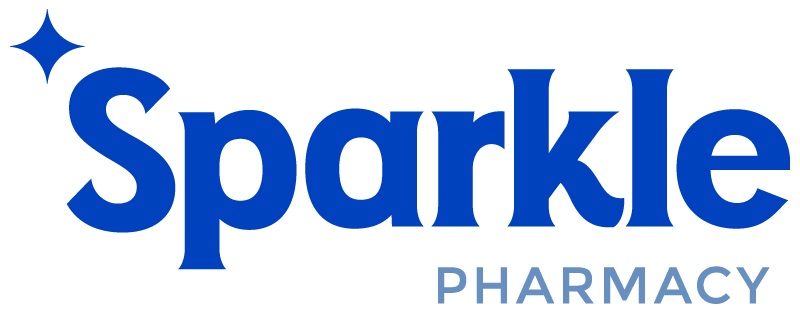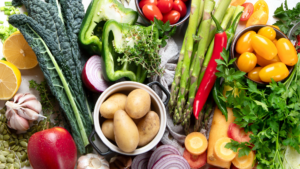Understanding Food Labels
Hello, Sparkle Community!
It’s Mr. Sparkle, your friendly neighborhood pharmacist from Sparkle Pharmacy, here to talk about something that can often be confusing yet is so important to our health: food labels. Navigating through all the numbers, percentages, and ingredients can feel like trying to solve a puzzle. But don’t worry—I’m here to help you make sense of it all!
Why Food Labels Matter
Food labels are there to help us make informed choices about what we eat. They provide vital information about the nutritional content of a product and its ingredients. Understanding them can help you manage your weight, keep track of key nutrients, and avoid ingredients you’re trying to cut back on, like added sugars or unhealthy fats.
Decoding the Basics
Here’s a quick breakdown of the key sections of a food label:
1. Serving Size
The first thing to note is the serving size at the top. All the nutritional information listed on the label is based on this amount. Sometimes a single package contains more than one serving, so it’s important to check this first. If you eat more than the serving size, you’ll need to multiply the numbers to get the total amount you’re consuming.
2. Calories
Next up is the number of calories per serving. Calories provide a measure of how much energy you get from a serving of this food. Depending on your daily energy needs, you may want to consume more or fewer calories.
3. Nutrients to Focus On
- Fats: Look for foods low in saturated and trans fats, as these can increase your risk of heart disease. Aim for healthy fats like those from nuts, seeds, and avocados.
- Cholesterol and Sodium: Keep these numbers in check to support heart health. Too much sodium can raise your blood pressure, while high cholesterol can clog your arteries.
- Carbohydrates: Check for added sugars, which can sneak into many foods under different names (like high fructose corn syrup or cane sugar). Choose whole grains whenever possible.
- Protein: Protein is essential for building and repairing tissues. Foods like beans, nuts, and lean meats are good sources.
- Vitamins and Minerals: Look for foods that provide essential nutrients like calcium, iron, and Vitamin D.
4. % Daily Value (%DV)
This tells you how much of each nutrient is in a serving, based on a daily diet of 2,000 calories. As a general rule:
- 5% DV or less of a nutrient is considered low.
- 20% DV or more of a nutrient is considered high.
Use this to quickly gauge if a food is high or low in a particular nutrient.
Ingredients List: The Fine Print
The ingredients are listed in order of quantity, from most to least. This can help you spot hidden sugars or unhealthy fats. Here are some things to look out for:
1. Added Sugars
Watch out for terms like “sucrose,” “glucose,” “fructose,” “corn syrup,” and “honey.” Even natural-sounding ingredients like “agave nectar” are still added sugars. Ideally, choose products with little to no added sugars.
2. Unhealthy Fats
Avoid foods high in trans fats, often found in partially hydrogenated oils. These fats can raise your bad cholesterol and lower your good cholesterol, increasing the risk of heart disease.
3. Artificial Ingredients
Some labels may contain ingredients you can’t pronounce. These could be preservatives, artificial colors, or flavors. While not all of these are harmful, it’s good to be cautious and prioritize whole, natural foods when possible.
4. Sodium
Sodium is often hidden in processed foods, canned goods, and snacks. Too much can lead to high blood pressure. Look for low-sodium or no-salt-added options.
What to Look For
- Whole Grains: Check for whole grains listed as the first ingredient. They’re more nutritious than refined grains.
- High Fiber: Foods with 3 grams or more per serving are considered a good source of fiber.
- Protein-Rich: Aim for foods with a healthy amount of protein, especially if you’re looking for a snack to keep you full longer.
- Low in Added Sugars and Saturated Fats: These can sneak into your diet in surprising ways, so keep an eye on these numbers.
What to Avoid
- Trans Fats: Avoid them completely. Check the ingredients list for “partially hydrogenated oils.”
- High Fructose Corn Syrup: This is often found in sugary drinks and processed snacks and can contribute to weight gain and other health issues.
- Artificial Preservatives and Colors: Look for foods with simple, natural ingredients.
A Final Note
Understanding food labels can empower you to make better choices for you and your family’s health. It might take a bit of time to get used to reading them, but once you do, it’ll become second nature!
If you have any questions about food labels, nutrition, or anything health-related, don’t hesitate to stop by Sparkle Pharmacy or give me a call. I’m always here to help!
Stay healthy and informed, Sparkle Community
~ Mr. Sparkle

